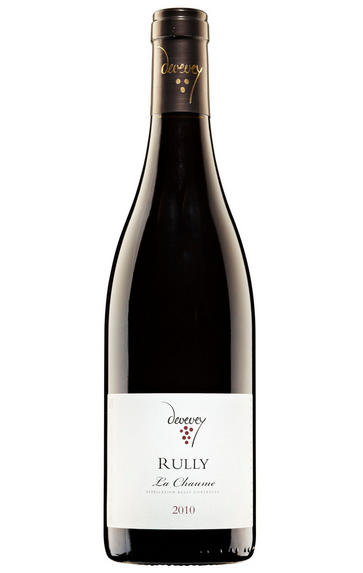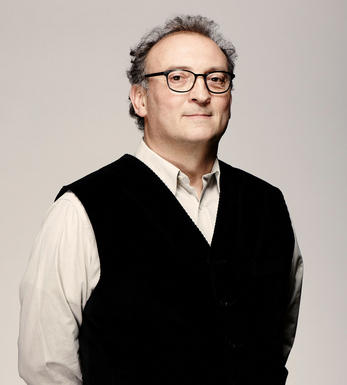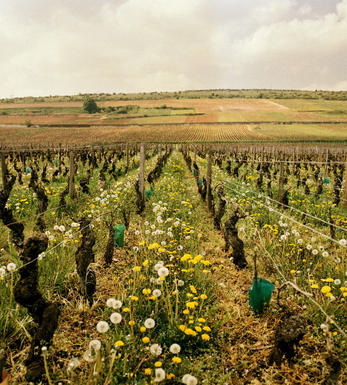
About this WINE

Jean-Yves Devevey
You wouldn’t know it from his laid-back manner, but Jean-Yves Devevey is a busy man. Built from scratch, his domaine today amounts to eight hectares of vines.
His holdings can be described as “diminutive but demanding”, especially when one considers his exacting standards, including organic farming.
A popular figure among his fellow Burgundian winemakers, Jean-Yves is also something of a maverick, who has been flying the flag for low-sulphur wines since 2010. Moreover, he’s the only Burgundian we work with to have planted Savagnin – sadly, the wine is not for sale.

Rully
The commune and wine appellation of Rully in the north of the Côte Chalonnaise region produces both red and white wines but is better known for the latter. Typically Rully Blanc (100% Chardonnay , fermented and matured in oak barrels) is accessible relatively early in life but well made barrel fermented examples can age for up to five years. The commune is also famous as an excellent source of the sparkling wine Crémant de Bourgogne.
The red wines are in classic Burgundian style (100% Pinot Noir), supple and accessible from a young age, and they tend to exhibit simple but enjoyable fruity notes with a delightful perfume. The whites tend to be more complex: vivacious and fresh, one can detect notes of apples, lemons and nuttiness. Both reds and whites are rather light-bodied, and are therefore more enjoyable within two to three years of bottling.

Pinot Noir
Pinot Noir is probably the most frustrating, and at times infuriating, wine grape in the world. However when it is successful, it can produce some of the most sublime wines known to man. This thin-skinned grape which grows in small, tight bunches performs well on well-drained, deepish limestone based subsoils as are found on Burgundy's Côte d'Or.
Pinot Noir is more susceptible than other varieties to over cropping - concentration and varietal character disappear rapidly if yields are excessive and yields as little as 25hl/ha are the norm for some climats of the Côte d`Or.
Because of the thinness of the skins, Pinot Noir wines are lighter in colour, body and tannins. However the best wines have grip, complexity and an intensity of fruit seldom found in wine from other grapes. Young Pinot Noir can smell almost sweet, redolent with freshly crushed raspberries, cherries and redcurrants. When mature, the best wines develop a sensuous, silky mouth feel with the fruit flavours deepening and gamey "sous-bois" nuances emerging.
The best examples are still found in Burgundy, although Pinot Noir`s key role in Champagne should not be forgotten. It is grown throughout the world with notable success in the Carneros and Russian River Valley districts of California, and the Martinborough and Central Otago regions of New Zealand.



Buying options
Add to wishlist
Description
This is new to the range in 2010 and a welcome addition indeed, offering excellent value for money. There is a fresh mid-purple colour with a delightfully floral nose of crunchy red fruit. Delicious on the palate, it is supported by a little acidity rather than tannins.
Jasper Morris MW, Burgundy Director
The indefatigable Jean-Yves Devevey has enjoyed a good year, with new vineyards in place and the burden of debt from having created his own business from scratch now largely paid off. His whites have been consistent in both quality and value for some time, but 2010 marks a step forward with the reds. He has taken a gentler approach to the vinification, with a shorter time in vat and less intervention, so as to accentuate the graceful fragrance of the Pinot Noir grape.
The three reds and the two less expensive whites are domaine wines while the two Chassagnes and the Meursault are produced from purchased grapes – regular contracts with the same producers each year.
wine at a glance
Delivery and quality guarantee